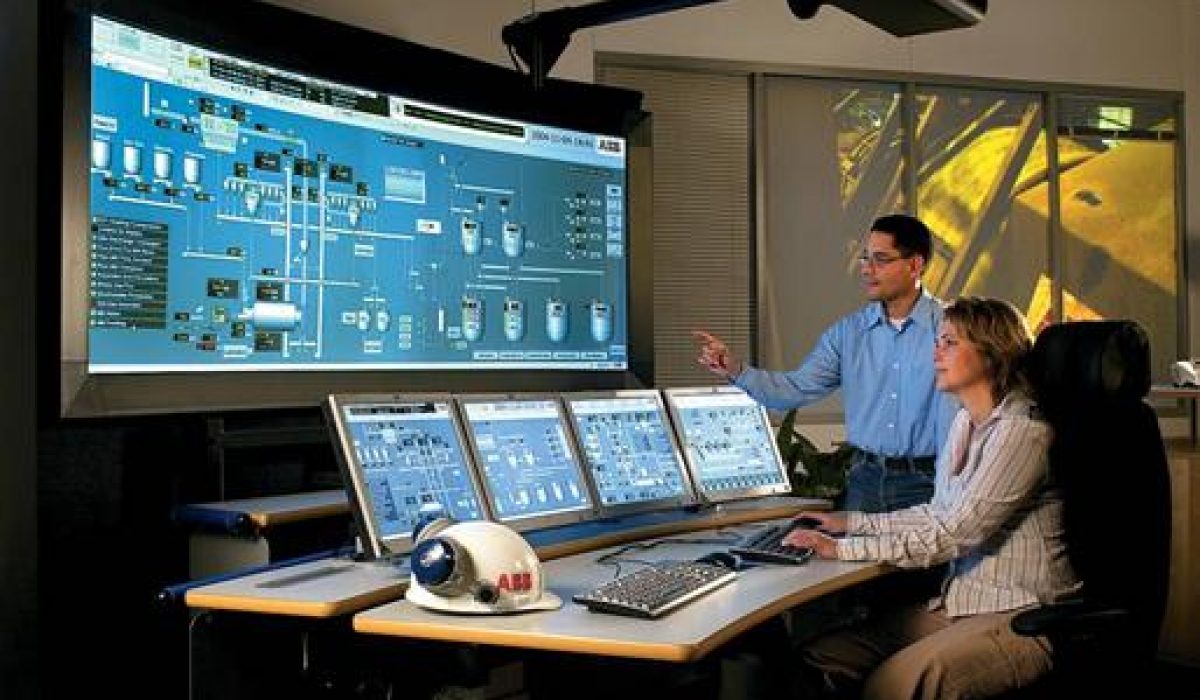
Recently, Marsh released its report on the 100 Largest Losses in the hydrocarbon extraction, transport and processing industry from 1974 to 2013. Using the Nelson-Farrar Petroleum Pant Cost Index, the report includes inflated values to show how much these 100 incidents would cost in 2013.
Of the top 20 events, eight have taken place in the United States. Most of those losses are associated with vapor cloud explosions at petrochemical plants. While the study covers 40 years of plant operations, these events are hardly in our past. A petrochemical explosion on June 13th, 2013 was one of the eight events.
While different sectors were involved in the report, all problems can be narrowed down to a few key areas that exist in all plants: Hardware, Management Systems and Emergency Controls. These are the systems that keep everything running smoothly and their failure can be catastrophic.
One of the easiest ways to ensure your safety systems are always running is to have a maintenance plan in place for routine checkups. The more regular the maintenance, the more you reduce the risk of a catastrophic event. In addition, new and emerging threats should be considered when upgrading hardware and emergency controls. This is why cyber security has been such a huge topic of late. Explosions and natural disasters may be at the heart of these 100 losses, but negligence towards emerging threats leaves the door open to something new creating even more damage.
If you want more information on protecting yourself from all safety threats, contact your local engineering consultants at Synergy Systems Inc.

 The ability to procure sustainable value within a process system, boiler room or plant provides a huge advantage to business. By their very nature, these industries use up fuel and raw materials to create products and energy. The less material you need for any given process, the less you have to pay for. When it comes to the production of consumer goods, such as food products, using less material to create the same result means you can create more product.
The ability to procure sustainable value within a process system, boiler room or plant provides a huge advantage to business. By their very nature, these industries use up fuel and raw materials to create products and energy. The less material you need for any given process, the less you have to pay for. When it comes to the production of consumer goods, such as food products, using less material to create the same result means you can create more product.
